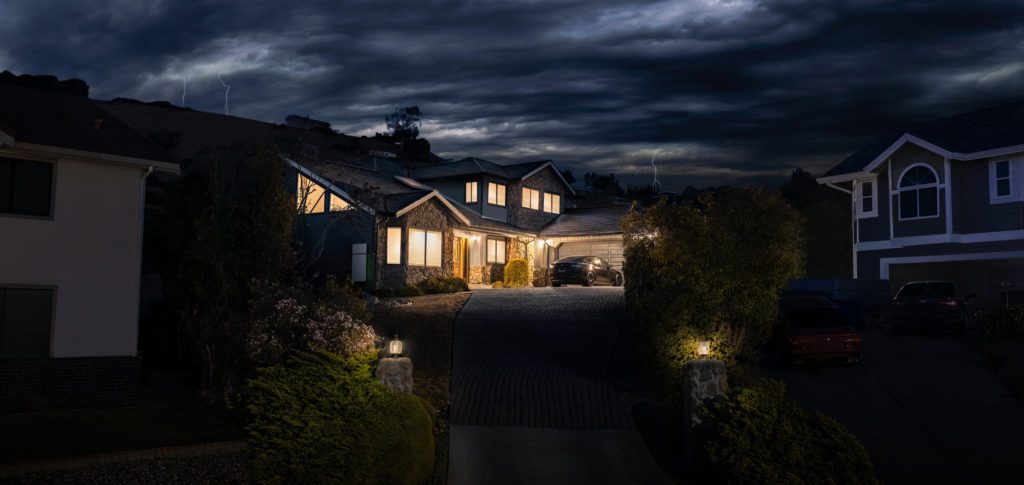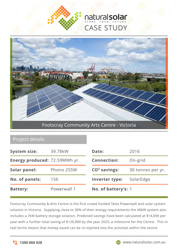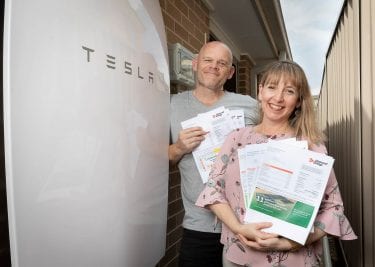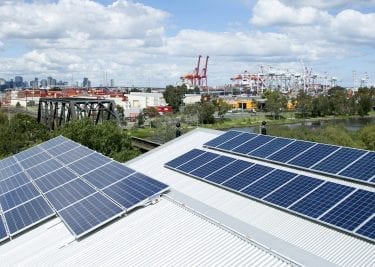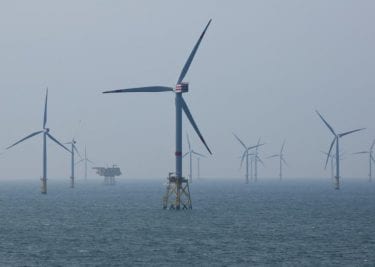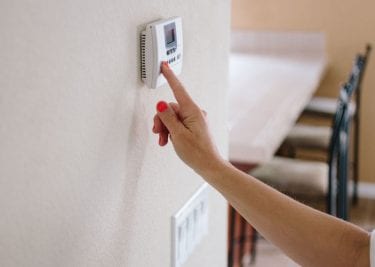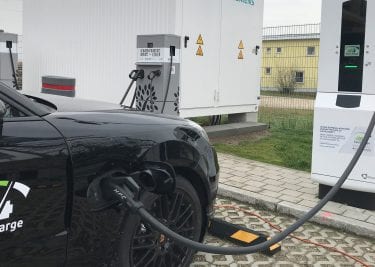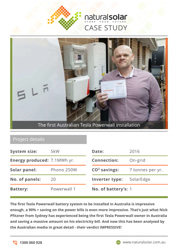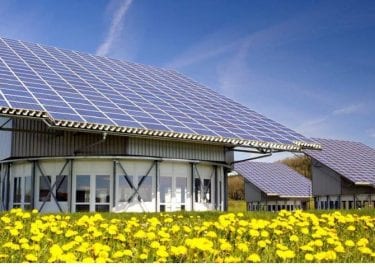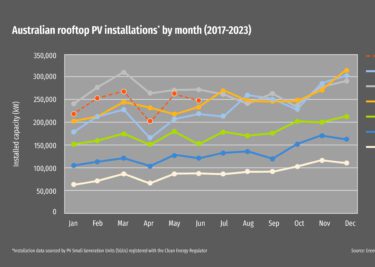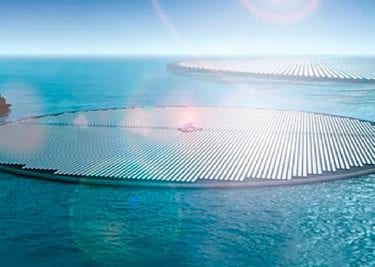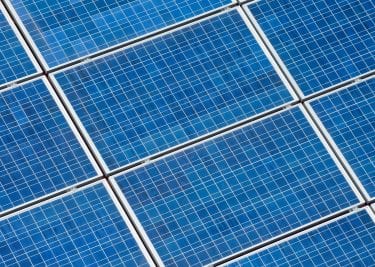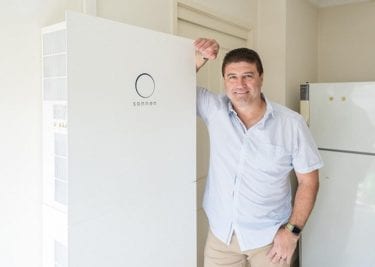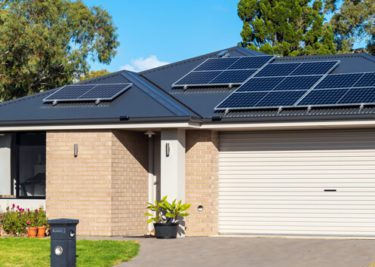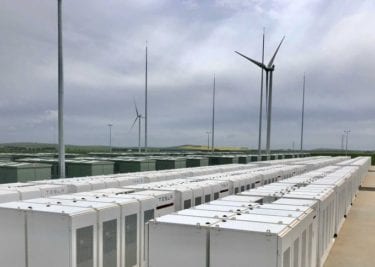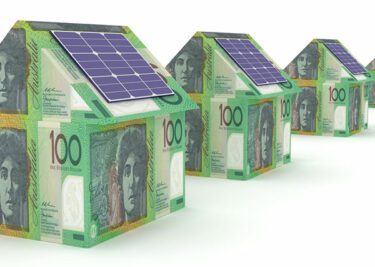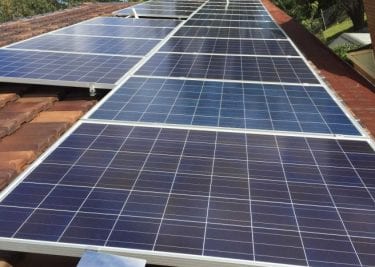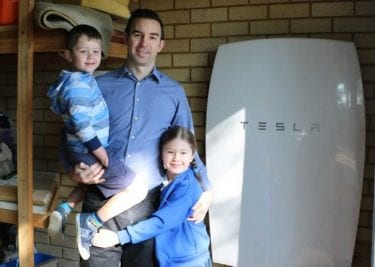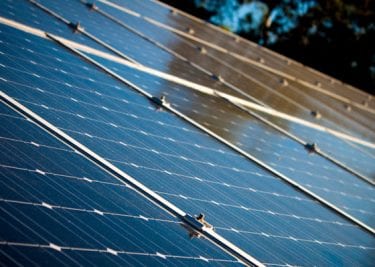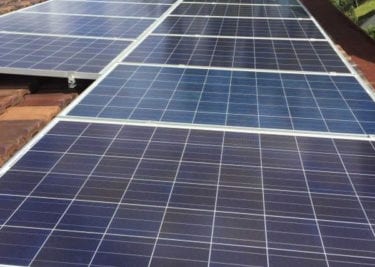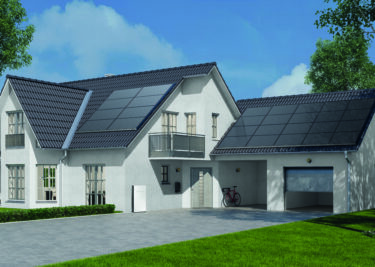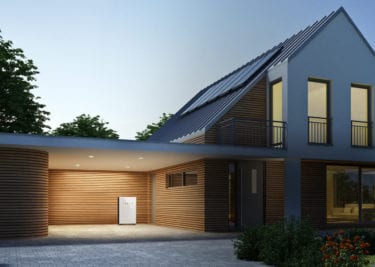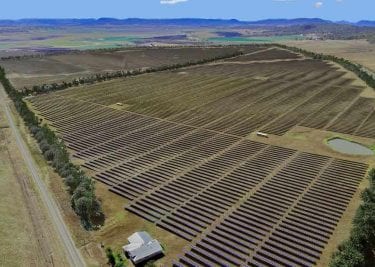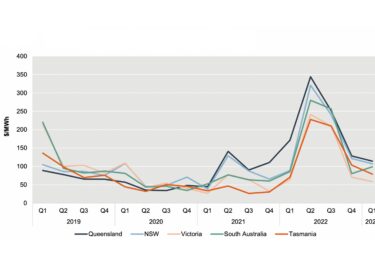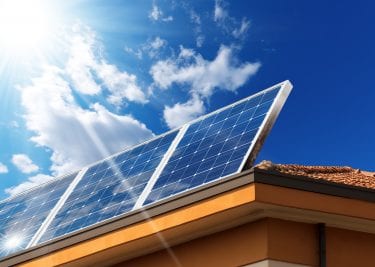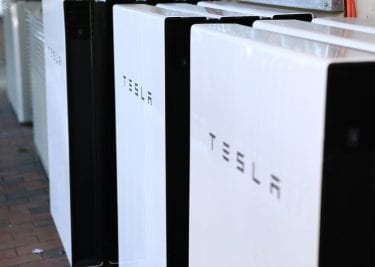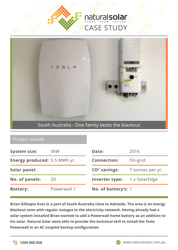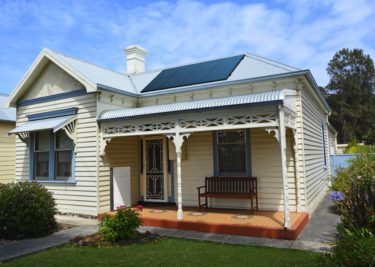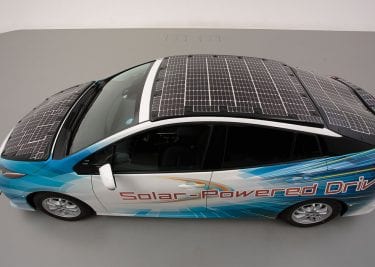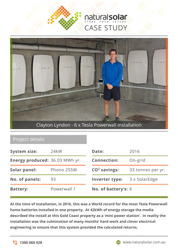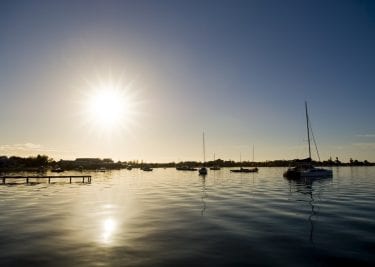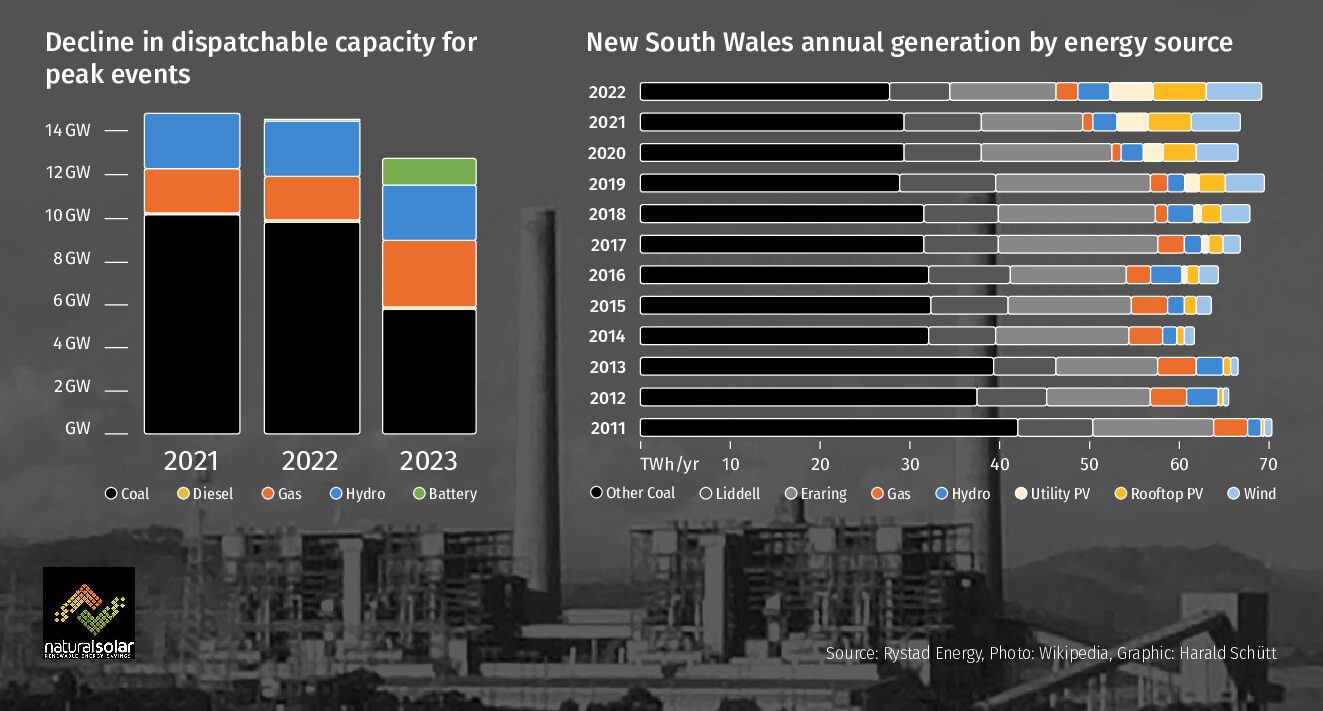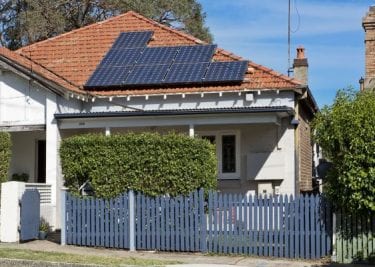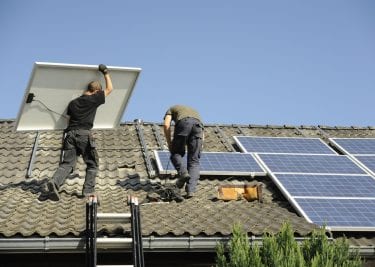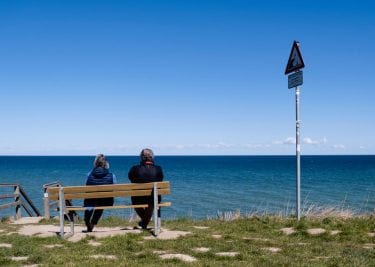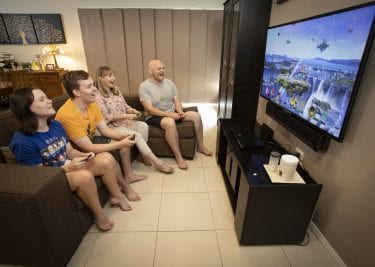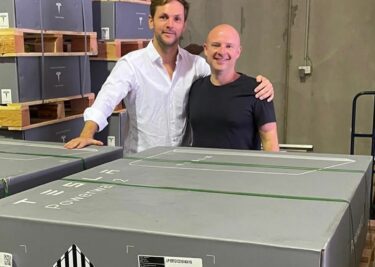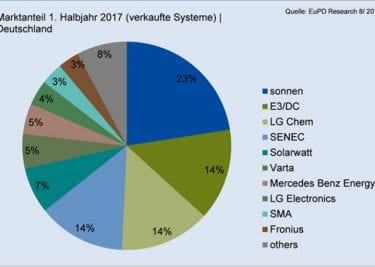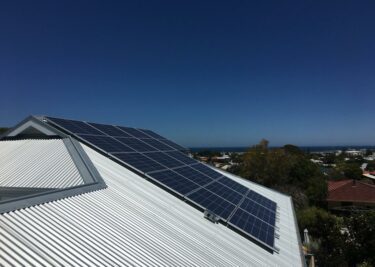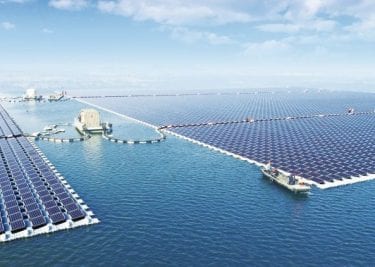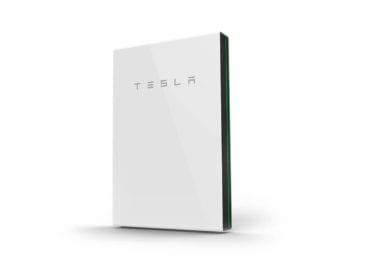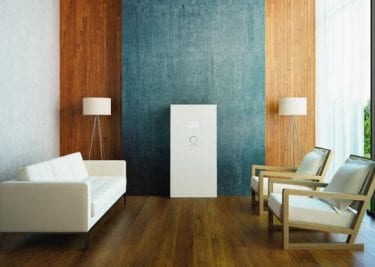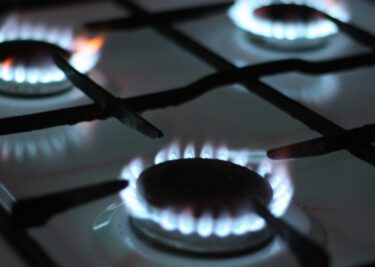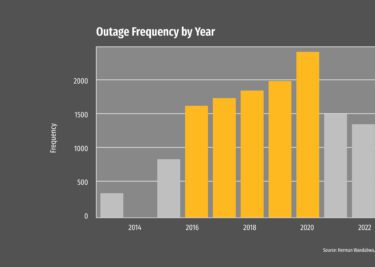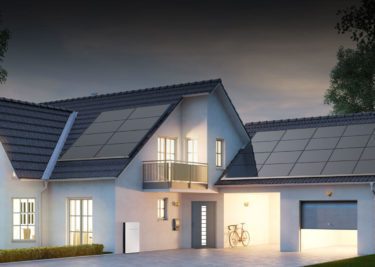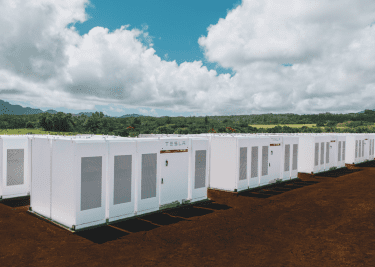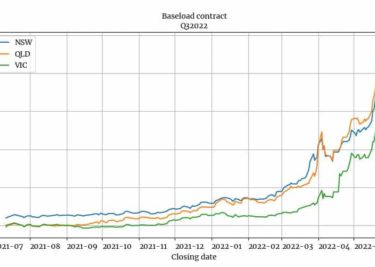Whether it’s down to wild weather or simply the multitude of pressures on the grid, blackouts are a part of life and taking charge of your energy security can seem daunting. In the case of the infamous 2016 South Australian blackout, twin tornadoes tore through some of the state’s critical network infrastructure and left 850,000 homes and businesses powerless for several hours, and some properties stranded in darkness for days.
Of course, the South Australian event was state-wide, but many Australians, particularly those of us who live in more remote areas, know that all it takes for power to drop out is the downing of a single power line. Either way, blackouts are never convenient and often quite dangerous.
However, as well over a quarter of Australians now have a solar system installed, many are wondering why they’re still worried about blackouts when they have a “solar generator” up on their roof.
Take charge
What lots of people don’t realise is that a rooftop solar system stops producing power if the grid goes down. It does this for safety reasons. As the vast majority of rooftop PV systems are connected to the electricity network, it would be dangerous for the utility crews working on power lines if solar systems were still pushing electrons into the grid. Like any good home renovator knows, before working on the electrics the mains must be switched off – and the same applies to the grid in general. If solar panels were still feeding electricity back into the grid during an outage it would put workers repairing wires in considerable jeopardy.
But there is an exception to this, and that is when a rooftop solar system is connected to a residential battery. In these cases, the solar-plus-storage system disconnects from the grid when it goes down, and then powers up to work as an “island” until the grid is repaired and powered back up.
As a result, and as an increasing number of Australians are finding out, what is called “blackout protection” is attained through the combination of your solar system with residential storage – that is to say, a home battery system. By storing up the excess solar produced during the day, a battery energy storage system (BESS) like the Tesla Powerwall is able to discharge that solar energy when the sun isn’t up and shining, and of course, when the grid is down and out.
Of course, it should also be said that not all solar batteries come with blackout protection, so be make sure that your home storage system, like the Tesla Powerwall, provides blackout protection when allied with rooftop solar, thereby bringing you energy independence and security. When others are reaching for torches and hastily gobbling down any perishables in the fridge, the owner of a solar-plus-storage system is likely to not even notice a blackout event took place, unless they’re reading about it on the news from their fully charged device.
Of course, making sure your solar panels and Powerwall are prepped for the kind of long-duration blackouts that can be brought by wild weather, like those extended outages experienced by residents of the Dandenong Ranges in July 2021 after severe storms, is essential and relatively simple. If the Powerwall is also backing up the single-phase solar inverter (as opposed to a 3 phase applicance) which does the work of organising backup load, when wired correctly and done by a solar and battery expert such as Natural Solar, the inverter will ensure the stored energy is used effectively and not drained too quickly from lack of management.
Energy independence
Now, you may be interested in exactly what happens when there’s a grid outage and you’re safe and sound enjoying your energy independence. Taking a Tesla Powerwall as an example, when the network fails, the Powerwall instantly disconnects from the grid and restores backup power to the home within a fraction of a second. While a diesel backup generator might need time to warm and whir itself into action, the response times of modern home batteries is so quick that if the grid drops out at the same time as you blink, you’ll probably miss the whole thing.
After all, it’s not like you’ll have to run about resetting clocks and checking on appliances, everything will be operating as per usual. And if the outage lasts for more than five minutes, your Tesla app will send you an alert so that you can manage your usage, prioritising appliances like the fridge and lights. The Tesla app will also send you a message when the outage is restored, otherwise you mightn’t notice.
In fact, the only downside might be that if you’re the only house on the street with a solar-plus-storage system, then you’ll also be the only house on the street with the lights on and may therefore get a knock or two on the door from neighbours wanting to watch the rest of the game. And considering the Tesla Powerwall, with 13.5 kWh of battery storage, has double the charge of its predecessor, combining one with a solar system is sure to put you in charge of your energy security in the event of wild weather and grid outages.


